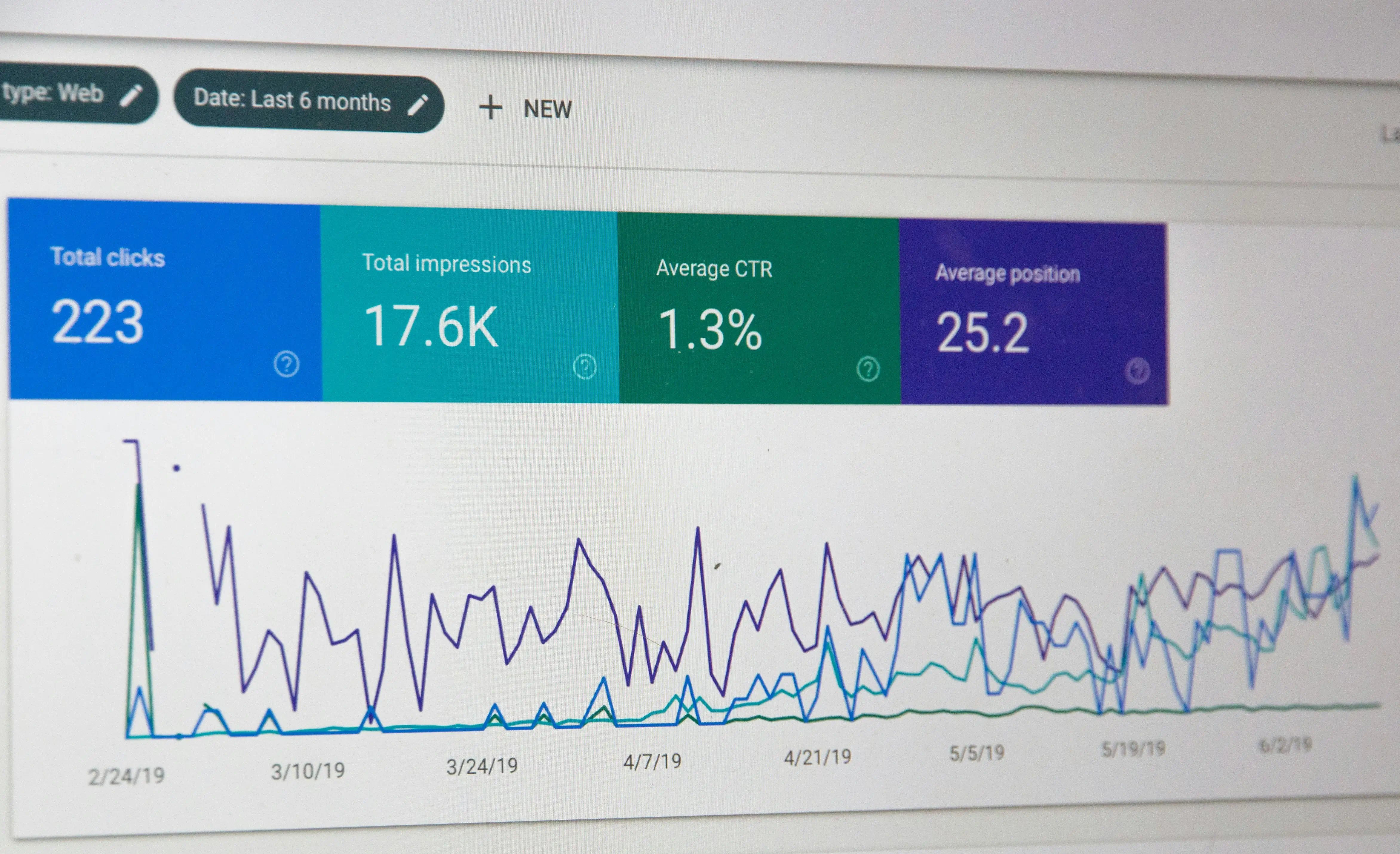Introduction
Your Shopify store has been steadily climbing search rankings and driving organic traffic, but it’s time for a fresh look. The design feels outdated, mobile responsiveness needs work, or you want to improve user experience. However, the thought of losing months of SEO progress during a redesign keeps you awake at night.
You’re right to be concerned. Studies show that poorly executed website redesigns can result in traffic drops of 20-50% or more. The good news? With proper Shopify redesign SEO planning and execution, you can modernize your store while preserving and even improving your search rankings.
This comprehensive guide walks through every critical step to protect your SEO during a Shopify redesign. From pre-launch preparation to post-redesign monitoring, you’ll learn exactly how to maintain your hard-earned search visibility while creating a better customer experience.
Why Shopify Redesigns Often Hurt SEO
The Common Pitfalls
Understanding why redesigns commonly damage SEO helps you avoid dangerous pitfalls. The primary culprit is usually a lack of SEO consideration during design and development. When teams focus exclusively on aesthetics and functionality, critical SEO elements get overlooked or accidentally removed.
URL structure changes represent one of the biggest threats. Your product pages and collections have built up authority and rankings over time. When these URLs change without proper redirects, you lose that accumulated SEO value instantly.
Content and Technical Issues
Content changes pose another significant risk. Your existing product descriptions, meta tags, and page content have been optimized for specific keywords. During redesigns, this content often gets shortened or removed entirely to fit new design layouts.
Technical SEO elements frequently break during theme transitions. Schema markup, title tags, meta descriptions, and internal linking structures can get lost or misconfigured. Site speed often suffers as new themes may be heavier and additional apps get installed.
Pre-Redesign SEO Audit and Planning
Creating Your SEO Baseline
Successful Shopify redesign SEO starts with thorough preparation. Create a comprehensive baseline of your current SEO performance by documenting your top-performing pages, highest-ranking keywords, organic traffic levels, and conversion rates from organic search.
Use Google Analytics, Google Search Console, and SEO platforms like Ahrefs to gather this data. Export reports showing your top organic landing pages, their current rankings for target keywords, and the organic traffic they generate.
URL and Content Inventory
Create a complete inventory of your current URL structure, including all product pages, collection pages, blog posts, and static pages. Note which URLs drive the most organic traffic and conversions. This inventory guides your redirect strategy and helps prioritize which URLs absolutely cannot change.
Analyze your current on-page SEO elements across key pages. Document existing title tags, meta descriptions, header structures, and keyword targeting strategies that are working well.
Preserving URL Structure and Implementing Redirects
The Ideal Approach
URL preservation represents the most critical aspect of maintaining SEO during a Shopify redesign. The ideal scenario involves keeping your URL structure completely unchanged. If your current URLs are SEO-friendly and logical, build your new design around the existing structure.
Redirect Strategy
When URL changes are absolutely necessary, implement a comprehensive 301 redirect strategy before launch. Map every old URL to its new equivalent, ensuring no page returns a 404 error. Pay special attention to your highest-traffic pages identified during your audit.
Use Shopify’s built-in redirect functionality for straightforward changes, but consider custom solutions for complex scenarios. Test every redirect before launch and avoid redirect chains where possible, as they can dilute SEO value.
Maintaining On-Page SEO Elements
Title Tags and Meta Descriptions
Your existing on-page SEO elements represent significant optimisation work that should be preserved. Document all existing title tags, especially for high-traffic pages, and ensure they transfer correctly to the new design.
Meta descriptions play a crucial role in click-through rates from search results. Preserve well-performing descriptions while optimizing others that may be missing or poorly written.
Headers and Content Structure
Header structure (H1, H2, H3 tags) helps search engines understand your content hierarchy. Ensure your new theme properly implements header tags and that important keywords remain in prominent positions.
Image optimisation often gets overlooked during redesigns. Document your current image optimisation strategy and ensure new images follow SEO best practices, including descriptive file names and relevant alt text.
Internal Linking and Schema
Map your current internal linking patterns and ensure the new design maintains these connections. Strategic internal links to important category pages and products should be preserved in prominent positions.
Schema markup provides structured data that helps search engines understand your products and reviews. Many custom schema implementations get lost during theme changes, so audit and preserve any markup that enhances search visibility.
Technical SEO Considerations
Site Speed and Performance
Site speed optimisation becomes critical during redesigns as new themes and features can impact loading times. Choose lightweight, well-coded themes and optimize all images for web use. Implement lazy loading and minimize third-party apps that add JavaScript.
Mobile and Crawlability
Mobile responsiveness must be perfect, as Google uses mobile-first indexing. Test thoroughly on various devices and screen sizes, paying attention to usability issues like small text or close-together links.
Review your robots.txt file, XML sitemaps, and crawl directives. Submit updated sitemaps to Google Search Console after launch to help with reindexing.
Testing and Quality Assurance
Staging Environment Testing
Create a staging environment that mirrors your live site closely. Test all SEO elements, redirects, and technical implementations without affecting current search visibility.
Crawl your staging site with tools like Screaming Frog to identify issues like broken links, missing title tags, or redirect problems. Address these before launch.
Pre-Launch Validation
Test redirect implementation thoroughly by checking old URLs to ensure they properly redirect to correct new pages. Validate schema markup using Google’s Structured Data Testing Tool.
Performance testing should cover both desktop and mobile loading speeds using PageSpeed Insights or GTmetrix. Address any significant performance regressions before launch.
Post-Launch Monitoring and Recovery
Setting Up Monitoring
Monitor your Shopify redesign SEO performance after launch using Google Analytics, Search Console, and SEO tools used for baseline measurements. Create dashboards tracking organic traffic, keyword rankings, and conversion rates.
Daily Monitoring Tasks
Monitor Google Search Console daily for the first few weeks, paying attention to coverage issues, crawl errors, and manual actions. Track your top keywords and landing pages to ensure they maintain search visibility.
Recovery Strategies
If you notice significant traffic drops, refer to your pre-redesign documentation to identify changes. Common culprits include broken redirects, missing content, or technical SEO elements that didn’t transfer properly.
Focus recovery efforts on highest-impact issues first. Fixing redirects for top traffic pages will have more immediate impact than addressing minor issues on low-traffic pages.
Common Mistakes to Avoid
Planning and Execution Errors
Rushing the launch process leads to many SEO disasters. Take time to properly test everything before going live, even if it means delaying your launch date.
Changing too many elements simultaneously makes it difficult to identify problem causes. If possible, phase your redesign to change design elements first, then URL structure, then content.
Technical Oversights
Neglecting to set up proper analytics before launch means you won’t have accurate impact data. Install all tracking codes and test them thoroughly.
Ignoring mobile optimisation can be devastating since Google uses mobile-first indexing. Ensure your new design works perfectly across all screen sizes.
Conclusion
Redesigning your Shopify store while maintaining SEO requires careful planning, thorough execution, and vigilant monitoring. The strategies outlined provide a comprehensive framework for protecting search visibility while creating better user experience.
Remember that temporary fluctuations in search rankings are normal after redesigns. Focus on implementing best practices, monitoring performance closely, and addressing issues quickly. With proper Shopify redesign SEO planning, your new design can maintain and even improve upon existing search performance.
The investment in SEO-focused redesign planning pays dividends through maintained organic traffic, preserved keyword rankings, and continued business growth. Take the time to do it right, and your redesigned Shopify store will deliver both improved user experience and strong search visibility for years to come.





